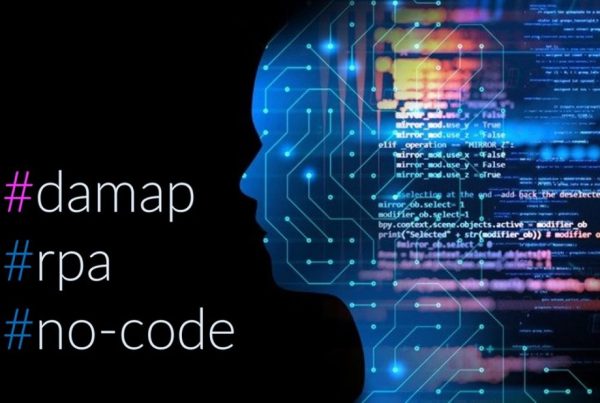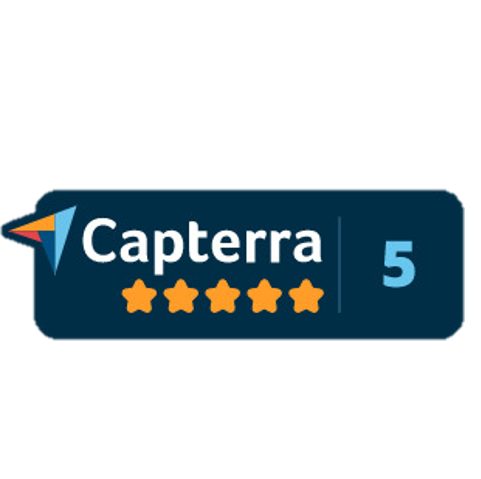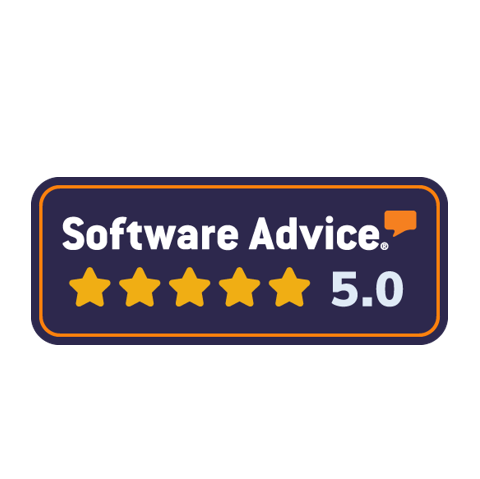SUCCESS STORIES IN THREE INDUSTRIES USING DAMAP
Companies have greatly increased their control and auditing tasks in recent years, and process automation is helping companies to perform these tasks more efficiently. One of the reasons for this success is that companies and their leaders are beginning to understand the need to transform themselves and incorporate technology into their processes in order to grow. The novelty is that each of them, with their specificities and differences, can easily incorporate the DaMap automatic reconciliation platform to their own industry as part of this automation process. For example, in the case of tourism companies that already use it, given that they have large volumes of transactions to reconcile, it allowed them to find such significant differences in the accounting of airline tickets that today it is unthinkable to return to the previous methodology of control by spreadsheets. As for the future of this tool, RPA Reconciliation seems to be here to stay and revolutionize companies both large and small. But in what way?
HOW DOES RPA RECONCILIATION WORK?
To understand a little more about how the automatic robotization of reconciliations will revolutionize companies, it is essential to know how this technology works. The automatic system specialized in simple and complex reconciliations offers companies the possibility to generate reconciliations of all types, between different systems. The most frequent and required are financial, stock and accounting.

Reconciliation is performed within an automated system in the cloud or can be installed on in-house servers. Regardless of the modality chosen, in the cloud or on your own server, in just a few minutes the system will produce a result that could take hours or even days if done manually. In a nutshell DaMap, with its RPA Reconciliation system, is the solution to repetitive and titanic tasks that are often relegated to the back burner because of the time they consume.
This means that companies will be able to use a digital platform to reconcile all types of documents, reduce time in repetitive tasks, gain efficiency and avoid errors. As a result, they will have better reports for decision making and employees will be able to spend more time on analysis or management tasks.
AUTOMATIC MATCHING IN FINANCE
The first DaMap installation was for Sistarbanc, the Uruguayan company that processes Visa and SPE (Sistema de Pagos Electronicos) transactions in the country. Until then, there was no suitable tool that met the company’s needs: high security, large storage capacity, information processing power and complex problem-solving algorithms.
When it was implemented, it was a system designed for technical use, but soon after, it was decided to focus on the user experience. To meet this objective, the team designed a very simple and user-friendly interface. The premise was that anyone in the administrative and accounting departments, after a brief training, could handle it.
Once the test prototype worked satisfactorily, progress was made on the development of a definitive server-web platform based on open source. The first stage focused on the SPE (Electronic Payments System) reconciliations in pesos, then the SPE account in US dollars was included and, in the final stage, the rest of the 8 Sistarbanc bank accounts that were reconciled by an overextended accounting firm.
Today, all Sistarbanc bank accounts are reconciled by the DaMap system. Thanks to the platform, they radically improved reconciliation times, continuously saved costs and detected anomalies or errors in the data to be reconciled at an early stage.
AUTOMATIC MATCHING IN TOURISM
Within the travel and tourism sector, the Automatic Matching results in more secure processes, clearer information and, above all, allows agencies to make claims to IATA in a timely manner to recover important monetary figures incorrectly accounted for in the management of tickets. The first tourism company to install the system was Abtour. It needed to reconcile IATA ticket files against its accounting system. The installation was very important because it was the first of its kind in a new company and posed a different problem. It was the development that proved that the DaMap platform is capable of quickly adapting to all types of reconciliation processes.
The tests were conducted on real data and the  configuration of the platform to reconcile IATA data was operational, to the client’s complete satisfaction, in just three days. Then a curious thing happened. Over the course of six months DaMap did not receive any communication from the company and began to fear the worst: that it was not working properly or that it was not being used. However, at the follow-up meeting, Abtour’s reconciliation manager told how absolutely satisfied she was with the system and pointed out that, for the first time, the reconciliations were up to date. In addition, he emphasized that the system performed its function perfectly, did not have bugs, it was intuitive and easy to use.
configuration of the platform to reconcile IATA data was operational, to the client’s complete satisfaction, in just three days. Then a curious thing happened. Over the course of six months DaMap did not receive any communication from the company and began to fear the worst: that it was not working properly or that it was not being used. However, at the follow-up meeting, Abtour’s reconciliation manager told how absolutely satisfied she was with the system and pointed out that, for the first time, the reconciliations were up to date. In addition, he emphasized that the system performed its function perfectly, did not have bugs, it was intuitive and easy to use.
Eight months after the agreement with Abtour, Planet Travel, another travel company, arrived and needed a solution similar to the one used by Abtour. The installation on Planet Travel’s servers with the acquired expertise took only two hours. Thanks to this second implementation, DaMap is now a benchmark for reconciliation in the Travel Agency vertical. The reuse of knowledge acquired in another company in the sector was key and made both planning and development a success.
AUTOMATIC MATCHING IN RETAIL
Jüsto is the first 100% online supermarket in Mexico and until recently its reconciliations were performed in the traditional way with spreadsheets. Because of their exponential growth, they decided to make a leap, to switch to an automated system, since all forecasts announced that manual processing was about to collapse.
The search began locally and none of the existing systems convinced them. They were in contact with other automatic reconciliation companies in Latin America, but the system did not meet Jüsto’s requirements. By contacting DaMap and testing the demo immediately recognized that they had found what they needed. Both the parameterization of the product and the execution of the first reconciliation processes were very fast. In the process, too, the DaMap team in dialogue with the Jüsto team identified possible improvements that they developed specifically and very quickly.
Jüsto is a dynamic and innovative company that highlighted, once the implementation was completed, the efficient process of putting the system into production and the understanding they received regarding the needs they had. The manager emphasized the importance for them of having a partner company like DaMap, which demonstrated its capacity for response and effective solutions to the challenges and obstacles that a company in the midst of expansion may encounter. In fact, within a month of using DaMap Cloud, Jüsto requested a doubling of the system’s capacity to cope with the upcoming sales growth. This increase in capacity did not require any changes to the company’s own systems.
DAMAP AND NEW CUSTOMERS
DaMap responds to a paradigm shift and is the creative and innovative response to a common problem in many companies regardless of industry. Any type of company that needs to perform reconciliations can acquire it. The tool allows you to gradually incorporate more knowledge into your processes thanks to its flexibility to grow and its solid base. It is scalable and it is possible to add new algorithms to solve more and more problems.
Undoubtedly, the knowledge acquired in each sector adds value to the platform and the team. Growth is exponential as it incorporates and contains both algorithms and best practices learned in every company that uses it. When a company acquires DaMap, it is not only acquiring a tool but a system that contains specialized knowledge in various sectors.
Each new customer gives DaMap the possibility to incorporate more functionalities and more algorithms. Each new development and functionality benefits new and existing customers as well as future ones. The way to grow and learn is, and always will be, collaborative.









